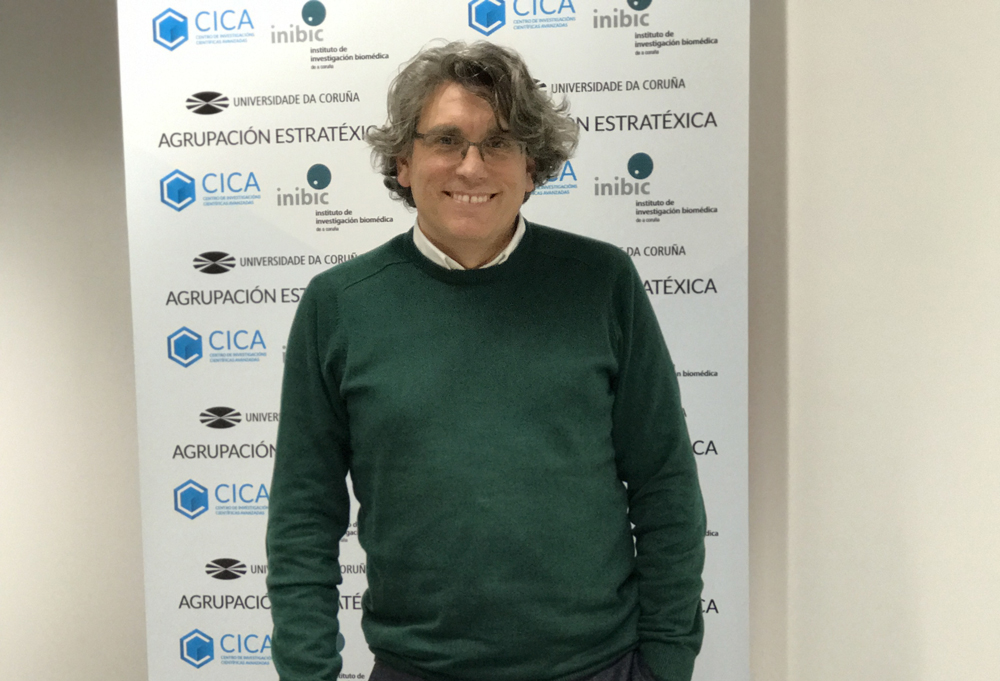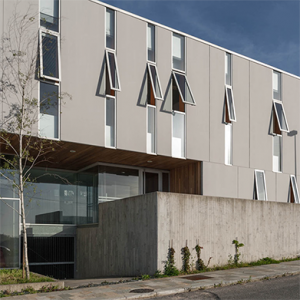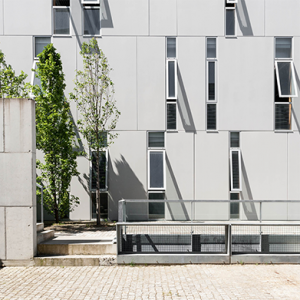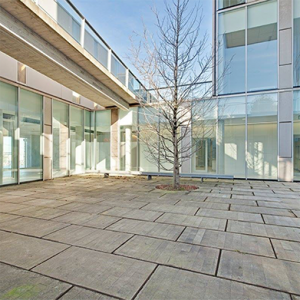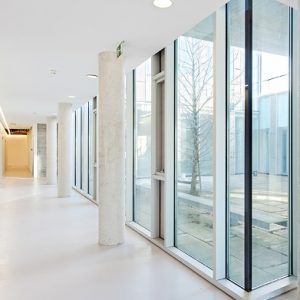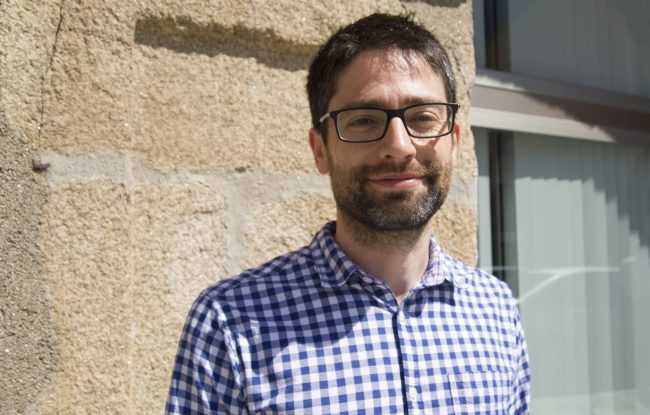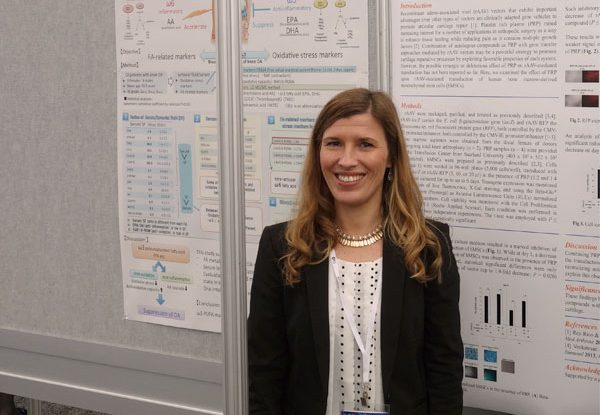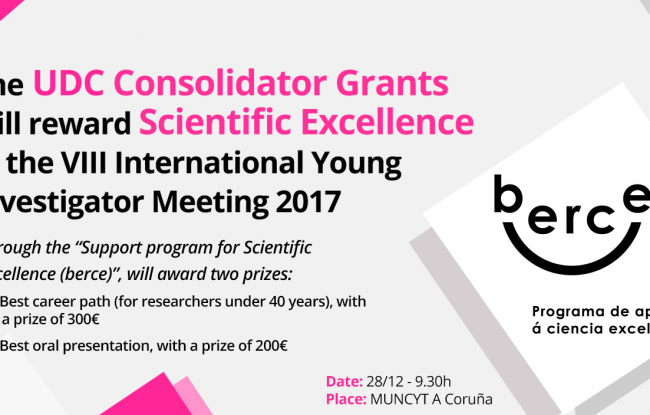The CICA-INIBIC strategic grouping comes from the merger of a research centre and institute, the scientific research centre (CICA) and the Institute of Biomedical Research A Coruña (INIBIC).
CICA, made up of research groups from the field of chemistry and biology at the UDC, aims to drive progress in both basic and applied R&D excellence, optimizing the institution’s scientific resources, strengthening the University’s research capacity and improving the transfer of results to society.
INIBIC, made up of University Hospital Complex research groups from the University of A Coruña and the Area of Primary Care A Coruña, aims to create a stable collaborative framework, integrating basic and clinical research in Biomedicine, enabling more effective knowledge transfer to society from scientific advancements obtained in the diagnosis, prevention, and treatment of disease.
We spoke to Jaime Rodríguez, coordinator of the CICA-INIBIC group, to find out about the origin of the group and what action it will be undertaking in the coming years.
The group is formed by 23 research groups and 337 researchers. It is defined as a “multidisciplinary and collaborative environment focused on efficiently responding to biomedical, technological and environmental challenges through research, training and transfer of integral solutions which generate scientific, economic and social value”.
The main reason for the merger between the two centres is the identification of synergies and the complementary nature of the CICA and INIBIC research groups. Along these lines Jaime Rodríguez states that “CICA offers cross-cutting capabilities to the INIBIC research groups paving the way for more complete, more competitive and more global projects”.
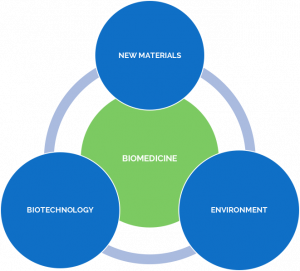
When asked about the main lines of action he would highlight about the group and those which are the most attractive for researchers, Jaime Rodríguez was in no doubt:
Promotion of collaborative research between different areas of research which complement each other and create synergies
The grouping organizes both formal (workshops/conferences/scientific meetings) and informal meetings (CICA-INIBIC after-work) which promote knowledge, collaboration and mobility of researchers among different research groups.
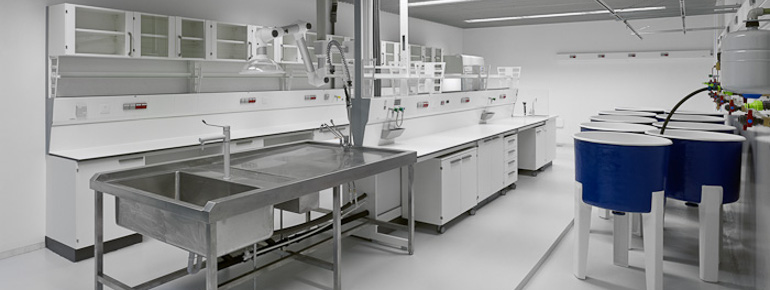
Promotion of internationalization and excellence in research
The grouping finances periods spent abroad by researchers and strives to generate networks for collaboration.
The generation of an environment of well-being for researchers
The grouping works to promote gender equality and a healthy work/life balance. Jaime Rodríguez explains some of the scoring criteria for the calls released each year with this aim “we give additional points for those researchers with children of less than 1 year old”. Another example of this type of actions is the work/life balance voucher, for the allocation of extra resources during periods of maternity and paternity leave.
Promotion of the cross-cutting capabilities of the group
Through training plans among the research groups who make up the grouping, and through specialized training days based on the common needs of the groups.
Increase the competitive capacity of the research groups in obtaining competitive calls
To achieve this aim two lines of action are established:
- The establishment of tools and actions to search for partners
- Promotion and technical assistence in competitive calls
Besides these lines of action, Jaime Rodríguez adds that they carry out specific actions across the different areas for “improved visibility of the group and its activities, and actions for management which is as transparent as possible”
Despite its recent formation, the CICA INIBIC group is developing a strong structure, both in research and organization, with the aim of becoming “a benchmark in research, training, and transfer for the challenges that face society, and by doing so we can guarantee the retention of talent and the obtaining of resources for sustainable growth”.


